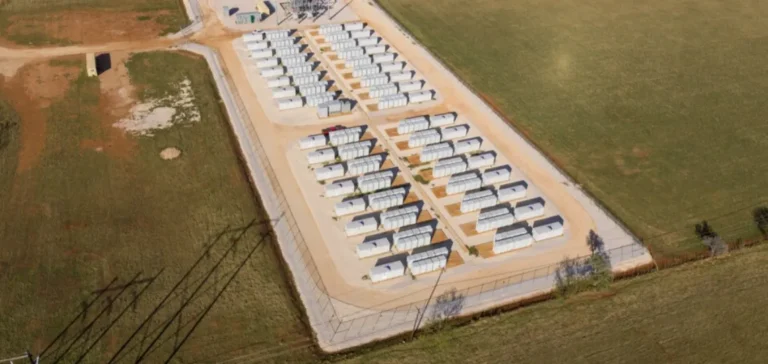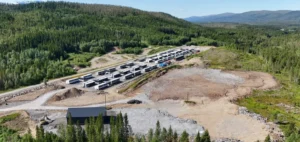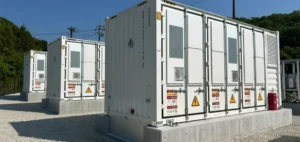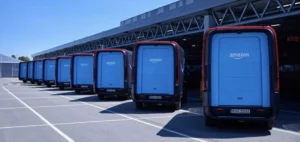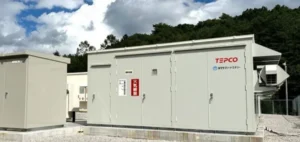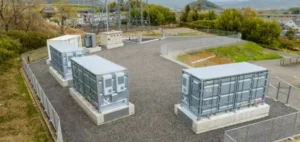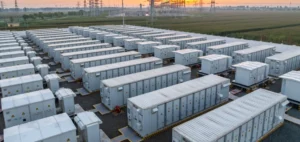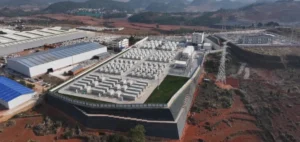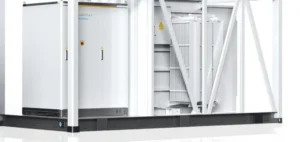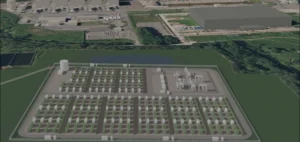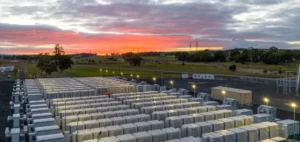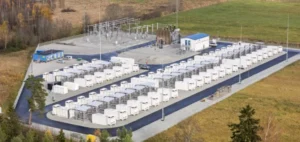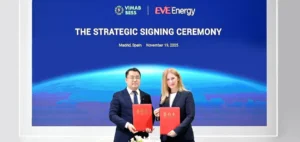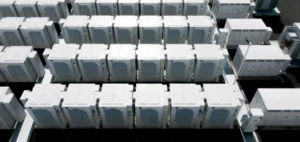Latin America’s energy storage market is expected to reach 23 gigawatts (GW) of installed capacity by 2034, according to forecasts by consultancy firm Wood Mackenzie. This development will be supported by an average annual growth rate of 8 %, driven by favourable national policies, increasing grid stability needs and the expansion of renewable energy.
Chile leads regional installations
Chile will account for nearly half of the installed capacity in the region by that time, confirming its leading role in the energy storage sector. The country relies on an advanced regulatory framework that structures investment around large-scale projects. Mexico and the Dominican Republic complete the top three. Despite strong potential, Mexico is facing regulatory hurdles, while the Dominican Republic is showing rapid sectoral growth.
Utility-scale projects dominate
Utility-scale installations will overwhelmingly dominate the market. In Central America and the Caribbean, these projects are mostly standalone and aim to stabilise the grid. In contrast, countries in South America and Mexico are focusing on solar-paired systems, driven by high photovoltaic penetration. The commercial and industrial segment could gradually emerge in some countries from the mid-2030s.
Climate targets and tenders as drivers
National renewable energy targets and rising curtailment levels are pushing governments to integrate storage into their energy planning. Regional tenders have proven effective in driving projects, notably through the adoption of Battery Energy Storage Systems (BESS). Several countries have already included long-term storage targets in their national plans.
Structural challenges remain
Despite growth prospects, the absence of comprehensive regulatory frameworks hampers BESS deployment. The lack of operational models and remuneration mechanisms for each market segment is slowing the structuring of the sector. In addition, high upfront costs persist in some markets, although they are expected to decline with the entry of new players. Infrastructure limitations, particularly in remote areas, represent both technical constraints and integration opportunities.


